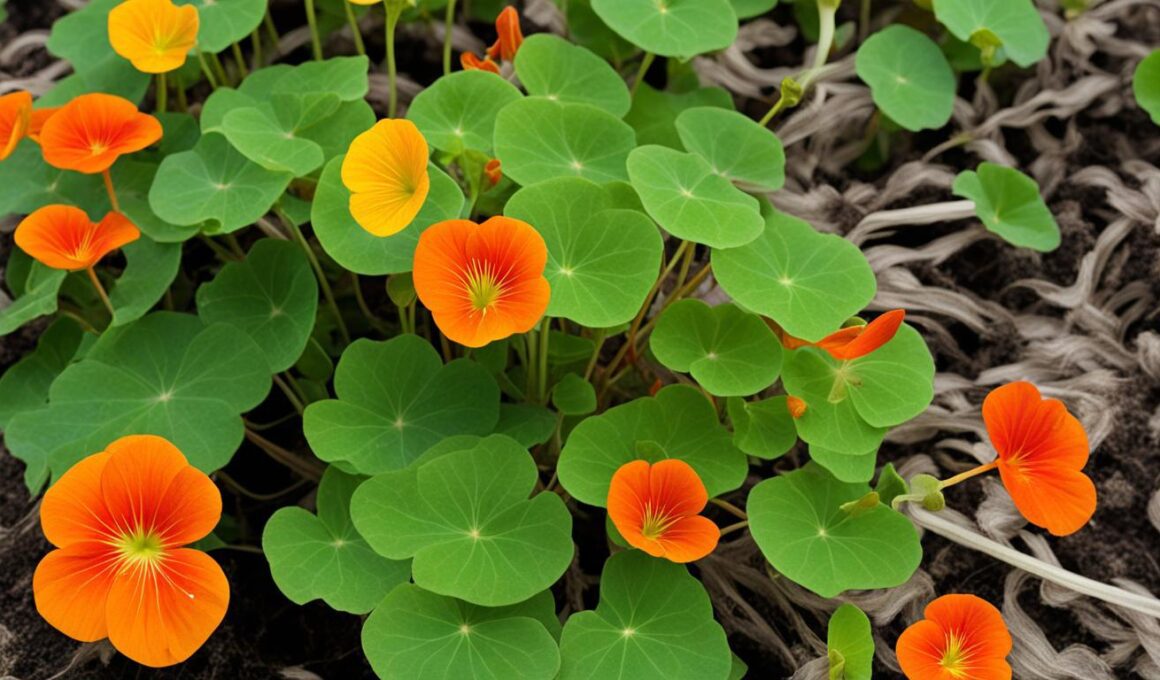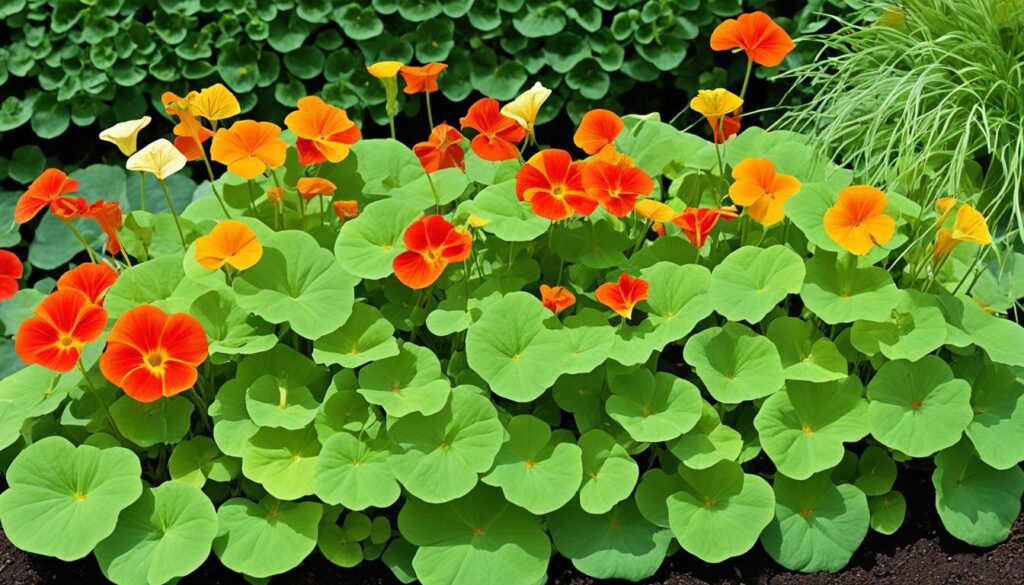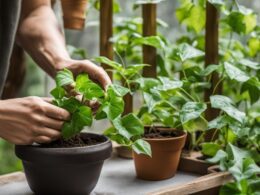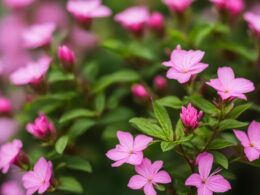Nasturtiums are vibrant and versatile plants that add beauty to any garden. Their striking flowers and lush foliage make them a popular choice for gardeners looking to enhance their outdoor spaces. However, when it comes to planting companions, there are a few things you should keep in mind to ensure the optimal growth of your nasturtiums and the overall health of your garden ecosystem.
Companion planting is a practice that involves pairing plants together based on the beneficial effects they have on each other. By strategically selecting plant companions, you can create a harmonious environment where plants thrive and complement one another’s growth. This approach not only promotes the health and vitality of individual plants, but it also fosters a thriving garden as a whole.
When it comes to nasturtiums, their unique characteristics make them excellent companions for many plants. Their bright flowers and pungent scent help repel certain pests, protecting their neighboring plants from harm. Additionally, nasturtiums have a symbiotic relationship with beneficial insects, attracting pollinators and predators that help control pests naturally.
However, not all plants are compatible with nasturtiums. Some plants can compete for resources or have different growing requirements that may hinder the growth of your nasturtiums. By knowing which plants to avoid planting with nasturtiums, you can ensure their optimal growth and create a thriving garden.
In this article, we will explore the plants that should not be planted with nasturtiums and explain why they may be incompatible. We will also provide tips on how to create a garden that thrives with the presence of these vibrant and versatile plants. So let’s dive in and discover what not to plant with nasturtiums to ensure a garden that flourishes.
The Impact of Companion Planting
Companion planting is a practice that involves strategically pairing plants to harness the benefits of their relationships. It’s a fascinating concept that goes beyond aesthetics and has a significant impact on soil health, pest control, and the overall success of your garden.
When it comes to companion planting, the key is to understand the different plant relationships and how they can contribute to a thriving garden ecosystem. Some plants have the ability to repel pests naturally, while others improve soil fertility or create microclimates that enhance the growth of neighboring plants.
Nasturtiums, with their vibrant flowers and trailing foliage, are known for their unique attributes that make them a valuable addition to any garden. Not only do they add beauty to your landscape, but they also play a crucial role in pest control. Nasturtiums emit a scent that repels aphids, whiteflies, and squash bugs, protecting your other plants from these common pests.
However, it’s essential to be mindful of the plant companions you choose to pair with nasturtiums. Certain plants may not be compatible due to their growth habits or nutrient requirements, which can hinder the growth of nasturtiums or attract pests. Understanding compatible plant pairings is essential in maximizing the benefits of companion planting.
By practicing companion planting and choosing suitable plant companions for your nasturtiums, you can create a harmonious garden that supports the health and well-being of all your plants. This approach not only reduces the reliance on chemical pesticides but also creates a more sustainable and balanced garden ecosystem.
Plants to Avoid Planting with Nasturtiums
While nasturtiums are excellent companions for many plants, there are a few plants that are not compatible with them. It is important to consider plant compatibility to ensure the optimal growth of your nasturtiums and the success of your garden.
- Brassicas: Plants from the brassica family, such as broccoli, cabbage, kale, and cauliflower, should not be planted with nasturtiums. These plants compete for similar nutrients, which can hinder the growth of your nasturtiums.
- Potatoes: Another plant to avoid planting with nasturtiums is potatoes. The bright blossoms of nasturtiums attract Colorado potato beetles that can damage the potatoes, affecting your potato yield.
- Cucumbers and Zucchinis: Cucumbers and zucchinis prefer drier environments, while nasturtiums require high moisture to thrive. Planting cucumbers and zucchinis alongside nasturtiums can lead to fungal issues in these plants. It is best to separate them to ensure the health of all plants.
Knowing which plants to avoid planting with nasturtiums can help you create a harmonious garden where all plants can flourish. By understanding plant compatibilities, you can make informed choices and promote the growth of your beloved nasturtiums and other plant companions.
Creating a Thriving Garden with Nasturtiums
To create a thriving garden with nasturtiums, follow these simple planting tips. Nasturtiums thrive in sunny spots, so choose a location that receives plenty of sunlight. This ensures that they have the necessary energy to grow and bloom beautifully.
Another important factor is soil drainage. Nasturtiums prefer well-draining soil to avoid water-logging issues. Make sure the soil is not overly compacted and allows excess water to flow through easily. This helps prevent root rot and other moisture-related problems.
When planting nasturtiums, give them a bit of space between each plant. This allows for proper airflow, reducing the risk of fungal diseases and promoting healthy growth. Adequate spacing also prevents competition for nutrients and resources among neighboring plants.
When it comes to fertilization, it’s best to use compost sparingly. While nasturtiums benefit from nutrient-rich soil, excessive fertilizer can lead to excessive leafy growth at the expense of flowers. Strike the right balance to ensure a vibrant display of both foliage and blossoms.
By following these planting tips, you can create a garden filled with happy, flourishing plants, including beautiful nasturtiums. With ample sunlight, well-draining soil, and proper spacing, your garden is sure to thrive and bring you joy throughout the growing season.
Are Nasturtiums Compatible with Underground Growing Vegetables?
Yes, nasturtiums are compatible with many vegetables that grow underground, such as carrots, potatoes, and radishes. Their sprawling nature and bright flowers can help attract beneficial insects and suppress pests. Plus, they can add a pop of color to your underground vegetable garden.










